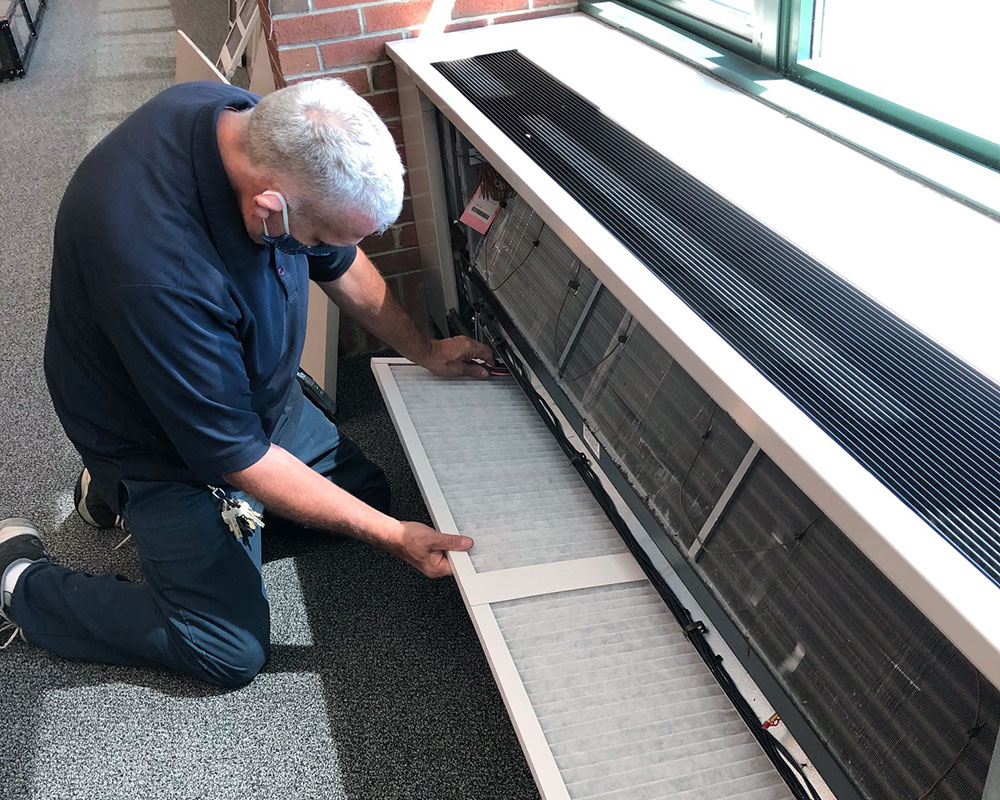Climate change made its way into local decision-making recently as the Haverhill School Committee opened the window of discussion on how school administrators plan to deal with rising temperatures in classrooms and its effect on students and teachers alike.
Committee member Gail M. Sullivan introduced the topic, expressing concern over excessive heat in school buildings and the likelihood of it only getting worse going forward.
“I’m very concerned about some of the problems that I think are going to continue and get worse, and one of them is heat in the buildings. Our buildings are all designed to retain heat because we live in New England. So, we need to acknowledge what’s happening in the climate. I would like to do some long-range planning on how are we going to deal with that. What’s the answer?” She asked.
Sullivan said window air conditioning units are the least energy efficient way of dealing with the problem, noting they are three times more expensive than a central system.
Fellow committee member Toni Sapienza-Donais agreed with Sullivan’s assessment, saying she received reports of temperatures approaching triple digits in some classrooms during the warmest days.
“I got pictures of classrooms that were 96 degrees, 97 degrees—absolutely off-the-chart numbers,” she said.
Donais said the state has no absolute cut-off temperature limit for school buildings, but they do suggest temperatures should not be above 78 degrees.
Sullivan continued by asking School Superintendent Margaret Marotta to check with her peers to learn how they are handling the situation as well as checking with the state about the possibility of grant money to address the problem.
In a separate matter, Committee member Paul A. Magliocchetti raised the need for additional crossing guards at some of the busier intersections in the city. He said he received calls from parents concerned about the lack of a crossing guard on Groveland Street in the Riverside area and believes there are probably other areas lacking adult supervision as well.
Assistant Superintendent Michael J. Pfifferling agreed, noting there are only 17 crossing guards working in the city now, a figure Magliocchetti found surprising considering the growth Haverhill has seen and will continue to see in the future. He asked school administrators to take a closer look at the traffic around the city and come up with a plan for additional crossing guards as needed.
